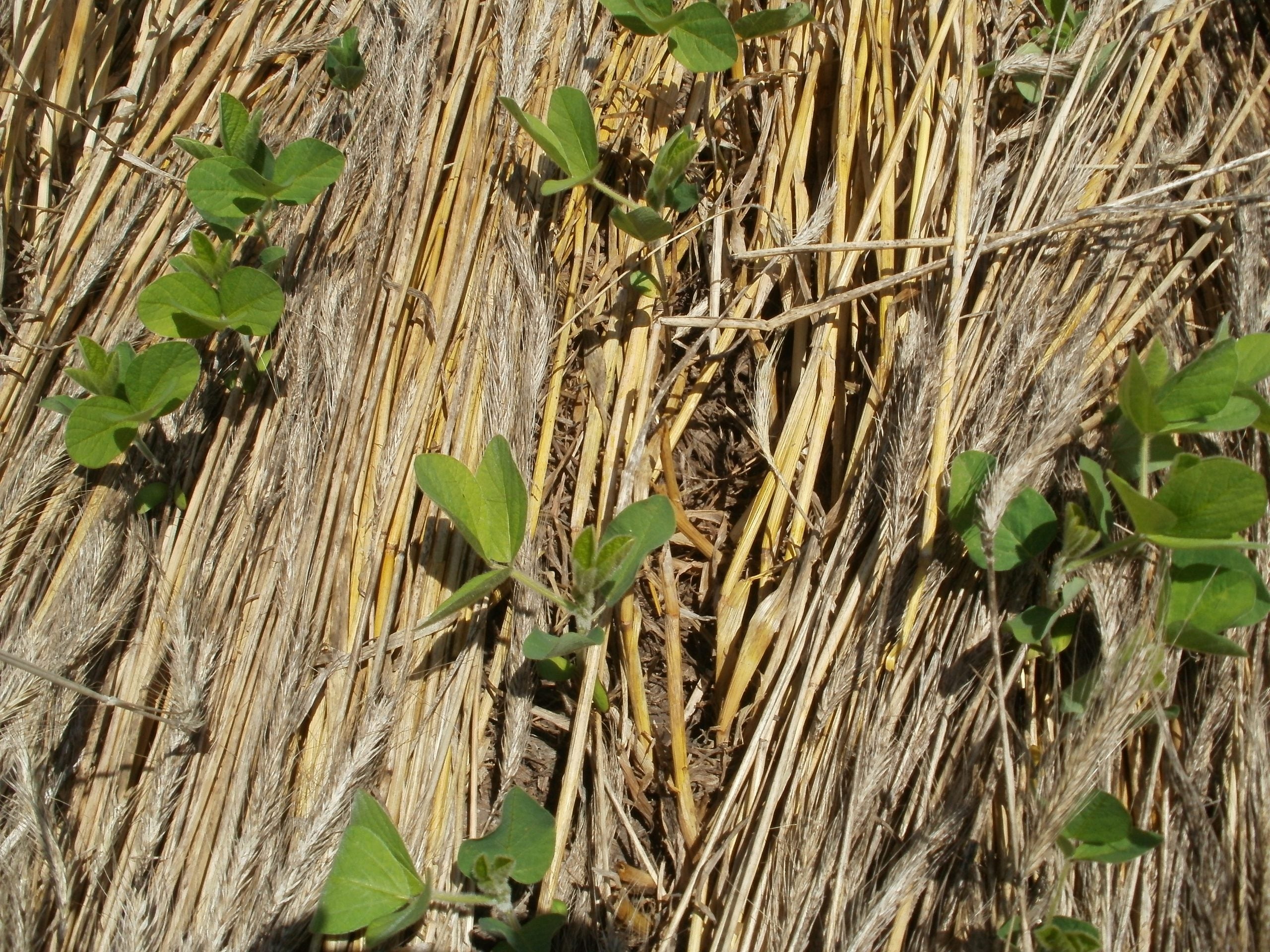The extremely wet spring of 2019 caused 14.2 million acres of cropland to go unplanted in the Midwest. Farmers across the region had flooded fields that kept them from getting equipment onto the fields to plant their crops. This resulted in over $4 billion of prevent-plant crop insurance claims, which assists farmers when weather conditions keep them from planting a crop altogether. Amidst these adverse weather challenges, farmers who were using cover crops and no-till reported facing less water on their fields, which allowed them to plant when their neighbors couldn’t.
A new study backs up these Midwest farmer stories with big data.
Cover crops and no-till reduced the likelihood of prevent plan claims
Through a cooperative agreement with the USDA, the Meridian Institute and researchers at the University of Illinois began a first-of-its-kind research pilot project in 2020 to evaluate the impacts of conservation practices on the 2019 prevent-plant crop insurance claims in Minnesota, South Dakota, Iowa, Illinois, Indiana and Missouri. Researchers used data from multiple USDA agencies — the Risk Management Agency, Farm Services Agency and Natural Resources Conservation Service — as well as private data sets.
Their analysis found that fields with cover crops and no-till management were 24% less likely than conventional fields to be declared “prevent plant” and receive an insurance payment.
The researchers also found that cover crops and no-till are more frequently used on less productive fields that are more likely to have crop insurance claims. This suggests that these practices reduce crop insurance claims despite disproportionately being used on riskier fields.
These results demonstrate the ability of cover crops and no-till to reduce the impacts of flooding in the Midwest and reduce the producer and taxpayer cost of the crop insurance program.
Cover crops and no-till allowed farmers to plant sooner
Cover crops and no-till don’t just reduce the likelihood of abandoning planting altogether. They can also protect against yield losses by enabling farmers to plant their crops more quickly after severe rains.
The researchers evaluated differences in planting dates between conventional fields and those that use cover crops and no-till. These conservation practices contributed to earlier crop planting in the most critical planting window — the period of time that is a crucial determinant of whether crop yields reach their full potential by the fall harvest. This supports the stories farmers told that using cover crops and no-till allowed them to plant in their fields more quickly after severe rain than their neighbors who used conventional practices.
Resilient farming practices should be reflected in crop insurance prices
Crop insurance is a critical risk management tool that helps farmers navigate extreme weather conditions, especially as climate change continues to alter prevailing weather conditions. But the cost of the crop insurance program to farmers and taxpayers will likely increase if risk-reducing practices are not properly priced into the program.
A 2019 study by USDA’s Economic Research Service found that crop yield volatility is projected to increase under most climate change scenarios which could increase the frequency and severity of crop insurance claims. The study found that the cost of today’s Federal Crop Insurance Program is projected to increase between 3.5% under moderate greenhouse gas emissions scenarios and farmer adaptation and 37% under severe emissions scenarios and no farmer adaptation.
The new research on cover crops and no-till shows that there are proven practices that can reduce risk to farmers and their crops, thereby decreasing the cost of crop insurance to farmers and taxpayers. The Risk Management Agency, which sets the terms and prices for crop insurance products, should assess whether the findings can be used to improve farmers’ pricing of crop insurance products. Ultimately, farmers who adopt practices that build resilience to weather events like the extreme rains of 2019 should see that reduced risk reflected in the price they pay for crop insurance.











One Comment
Logical results. However, cover crops don’t work where there is insufficient rainfall. Also farms that have been no till for many years have found isolation of soil fertility at very shalliw depths. This suggests that occasional till is still an essential component in farming. When it comes to land, farmers have always known that there is no standard that can be appmued. Every piece of land has its own unique characteristics that farmers have learned through generations of management. Top down government programs need to address that need for flexibility. .